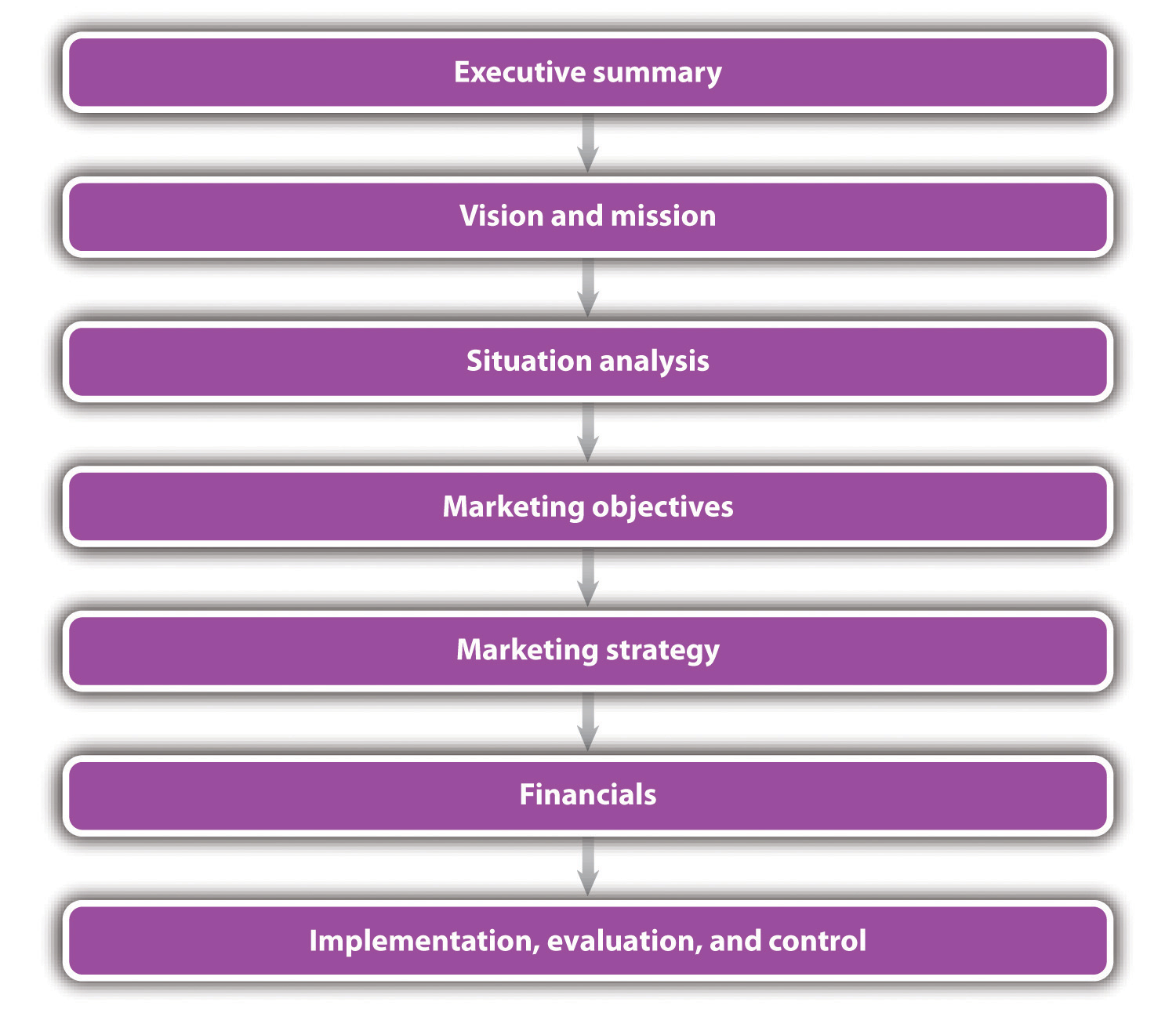Marketing Plans Biography
Marketing mix modeling is an analytical approach that uses historic information, such as syndicated point-of-sale data and companies’ internal data, to quantify the sales impact of various marketing activities. Mathematically, this is done by establishing a simultaneous relation of various marketing activities with the sales, in the form of a linear or a non-linear equation, through the statistical technique of regression. MMM defines the effectiveness of each of the marketing elements in terms of its contribution to sales-volume, effectiveness (volume generated by each unit of effort), efficiency (sales volume generated divided by cost) and ROI. These learnings are then adopted to adjust marketing tactics and strategies, optimize the marketing plan and also to forecast sales while simulating various scenarios.
This is accomplished by setting up a model with the sales volume/value as the dependent variable and independent variables created out of the various marketing efforts. The creation of variables for Marketing Mix Modeling is a complicated affair and is as much an art as it is a science. Once the variables are created, multiple iterations are carried out to create a model which explains the volume/value trends well. Further validations are carried out, either by using a validation data, or by the consistency of the business results.
The output can be used to analyze the impact of the marketing elements on various dimensions. The contribution of each element as a percentage of the total plotted year on year is a good indicator of how the effectiveness of various elements changes over the years. The yearly change in contribution is also measure by a due-to analysis which shows what percentage of the change in total sales is attributable to each of the elements. For activities like television advertising and trade promotions, more sophisticated analysis like effectiveness can be carried out. This analysis tells the marketing manager the incremental gain in sales that can be obtained by increasing the respective marketing element by one unit. If detailed spend information per activity is available then it is possible to calculate the Return on Investment of the marketing activity. Not only is this useful for reporting the historical effectiveness of the activity, it also helps in optimizing the marketing budget by identifying the most and least efficient marketing activities.
Once the final model is ready, the results from it can be used to simulate marketing scenarios for a ‘What-if’ analysis. The marketing manager can reallocate this marketing budget in different proportions and see the direct impact on sales/value. He can optimize the budget by allocating spends to those activities which give the highest return on investment.a
Marketing mix modeling is an analytical approach that uses historic information, such as syndicated point-of-sale data and companies’ internal data, to quantify the sales impact of various marketing activities. Mathematically, this is done by establishing a simultaneous relation of various marketing activities with the sales, in the form of a linear or a non-linear equation, through the statistical technique of regression. MMM defines the effectiveness of each of the marketing elements in terms of its contribution to sales-volume, effectiveness (volume generated by each unit of effort), efficiency (sales volume generated divided by cost) and ROI. These learnings are then adopted to adjust marketing tactics and strategies, optimize the marketing plan and also to forecast sales while simulating various scenarios.
This is accomplished by setting up a model with the sales volume/value as the dependent variable and independent variables created out of the various marketing efforts. The creation of variables for Marketing Mix Modeling is a complicated affair and is as much an art as it is a science. Once the variables are created, multiple iterations are carried out to create a model which explains the volume/value trends well. Further validations are carried out, either by using a validation data, or by the consistency of the business results.
The output can be used to analyze the impact of the marketing elements on various dimensions. The contribution of each element as a percentage of the total plotted year on year is a good indicator of how the effectiveness of various elements changes over the years. The yearly change in contribution is also measure by a due-to analysis which shows what percentage of the change in total sales is attributable to each of the elements. For activities like television advertising and trade promotions, more sophisticated analysis like effectiveness can be carried out. This analysis tells the marketing manager the incremental gain in sales that can be obtained by increasing the respective marketing element by one unit. If detailed spend information per activity is available then it is possible to calculate the Return on Investment of the marketing activity. Not only is this useful for reporting the historical effectiveness of the activity, it also helps in optimizing the marketing budget by identifying the most and least efficient marketing activities.
Once the final model is ready, the results from it can be used to simulate marketing scenarios for a ‘What-if’ analysis. The marketing manager can reallocate this marketing budget in different proportions and see the direct impact on sales/value. He can optimize the budget by allocating spends to those activities which give the highest return on investment.a
Marketing Plans
Marketing Plans
Marketing Plans
Marketing Plans
Marketing Plans
Marketing Plans
Marketing Plans
Marketing Plans
Marketing Plans
Marketing Plans
Marketing Plans
Marketing Plans
Marketing Plans
Marketing Plans
Marketing Plans
Marketing Plans
Marketing Plans
Marketing Plans
Marketing Plans
Marketing Plans




















No comments:
Post a Comment